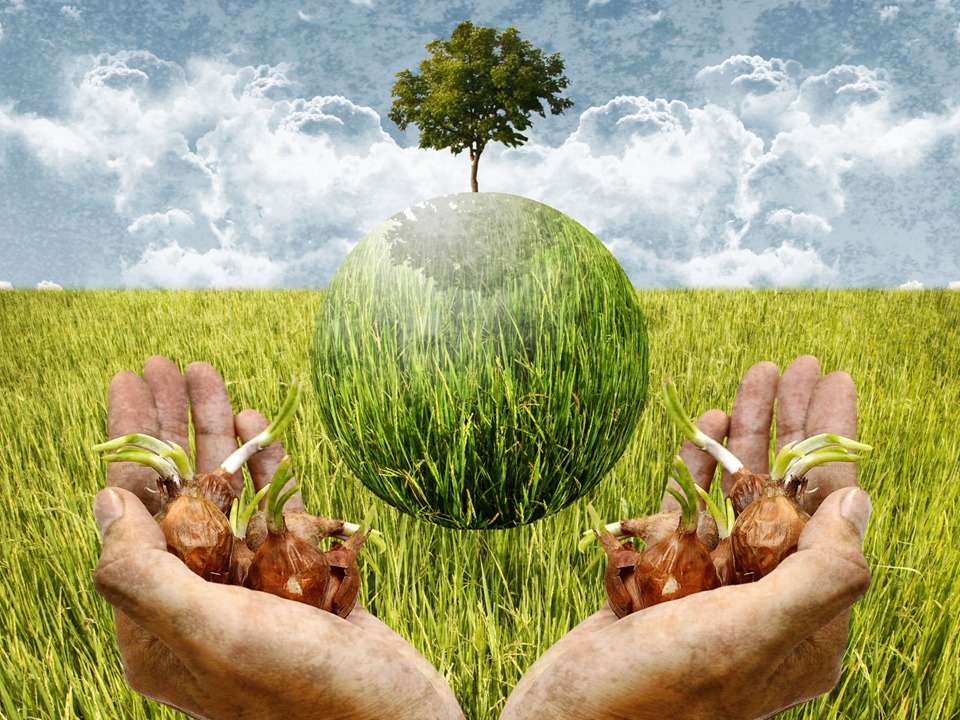The European Space Agency’s Organic Best Practices & Ecosystem Preservation Kick-Start Activity offers support and funding to companies looking to develop space empowered services for the preservation of our environment.
How to Apply
- Register by completing online questionnaire on ESA-STAR Registration (minimum ‘light registration’)
- Download the official tender documentation (Invitation to Tender) and create ‘Bidder Restricted Area’ via EMITS ‘AO 8872’ from 7th March 2018
- Write your proposal and obtain Letter of Support from National Delegation, if needed (see above)
- Submit your proposal via ESA-STAR Tendering by 19th April 2018 13:00 CET
What are we looking for?
Ideas for commercial services empowered by Space for the preservation of our environment. We consider three key factors:
- Team
- Market potential
- Space application*
*The service you intend to develop must be using a technology developed initially for Space like Satellite Earth Observation, Satellite Navigation, Satellite Communications, Spaceflight Technologies, Space Weather.
Key Focus Area
- Agritech
- Horticulture
- Smart Environment & Clean Tech
- Traceability & Food Safety
- Processing & Packaging
- Bio-tech
- Big Data & Analytics
- Drones for Agriculture
- Apiary Management
- Artifical Intelligence (AI) & Machine Learning
- Virtual Reality (VR) & Augmented Reality (AR)
What we offer
We offer funding and support to companies for business case assessment and development of new space empowered services for organic practices and the preservation of the environment.
- Zero-equity funding up to €60K per activity
- Technical & commercial guidance
- Access to our network and partners
- Use of the ESA brand for your service
The Value of Space for the Environment
Space technologies play a key role in monitoring our environment and supporting services that require communication and localisation data. Here are a few examples:

Global Navigation Satellite Systems (GNSS)
GNSS are the main source of geo referenced location data. The ability to locate precise positions in a field allows the creation of maps showing the spatial variability of terrain features/topography, organic matter content, moisture levels, nitrogen levels, etc. Similar data can also be collected by beehives equipped with GNSS.
Satellite Earth Observation
Satellite Earth observation data can:
- Monitor crop conditions
- Monitor soil properties
- Map tillage activities in order to manage land use (with a high degree of accuracy)
- Predict harvests
- Monitor seasonal changes
- Assist in implementing policy for sustainable development
This data also offers a perfect overview of field developments as well as high and low yielding zones. Earth observation derived data can be used to obtain meteorological data such as wind speed and direction, humidity and more.
Satellite Communications
Satellite communications provide a means to communicate with the coordinating centre to and from remote locations where there is no terrestrial network.
Authorisation of Funding
For the Thematic Call on "Organic Best Practices & Ecosystem Preservation" Kick-start Activity, the following ESA Member States have already made funding available: Norway. In case your company/organisation resides in another country participating to the programme, you have to request a Letter of Support from your National Delegation.
WEBINAR
Do you have any question on how to apply? Or on how Space contributes to preserving the environment?
Rewatch the webinar on this link.



